The 21st Century Economic Research Institute, together with Jingdong, released the "Eating out Year of China" - Report on E-commerce Consumption Trends of Fresh New Year Goods Fresh food e-commerce Take consumption as the sample to gain insight into the new development trend of the fresh food e-commerce industry.
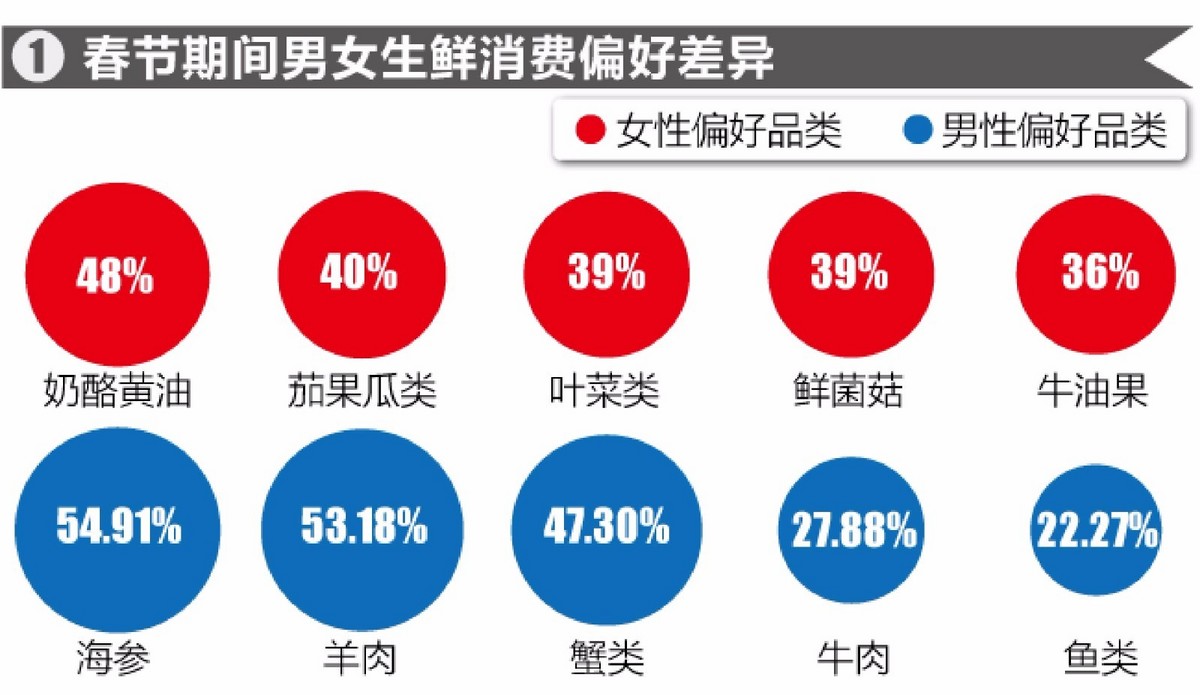
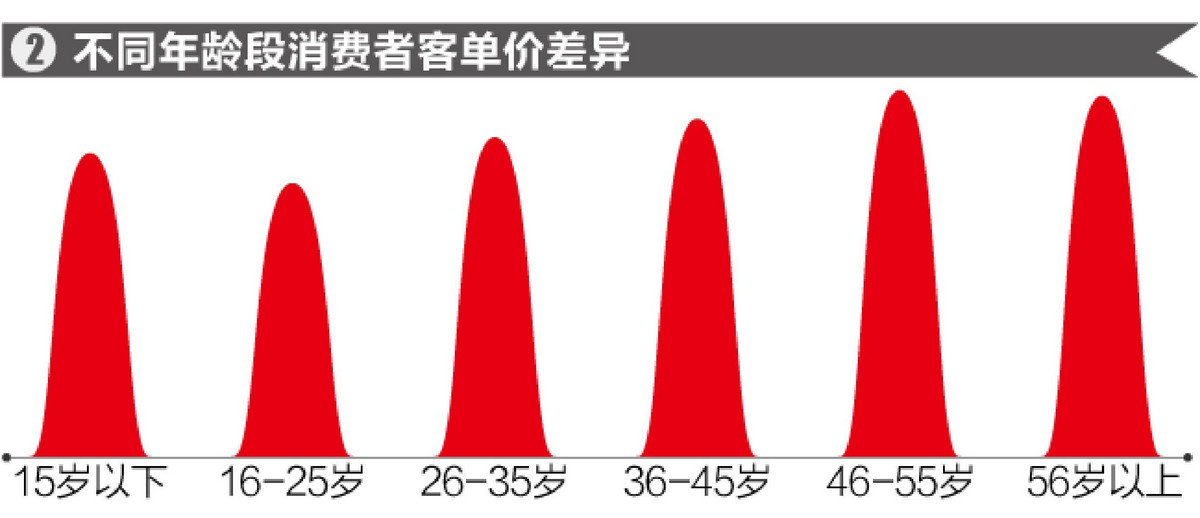
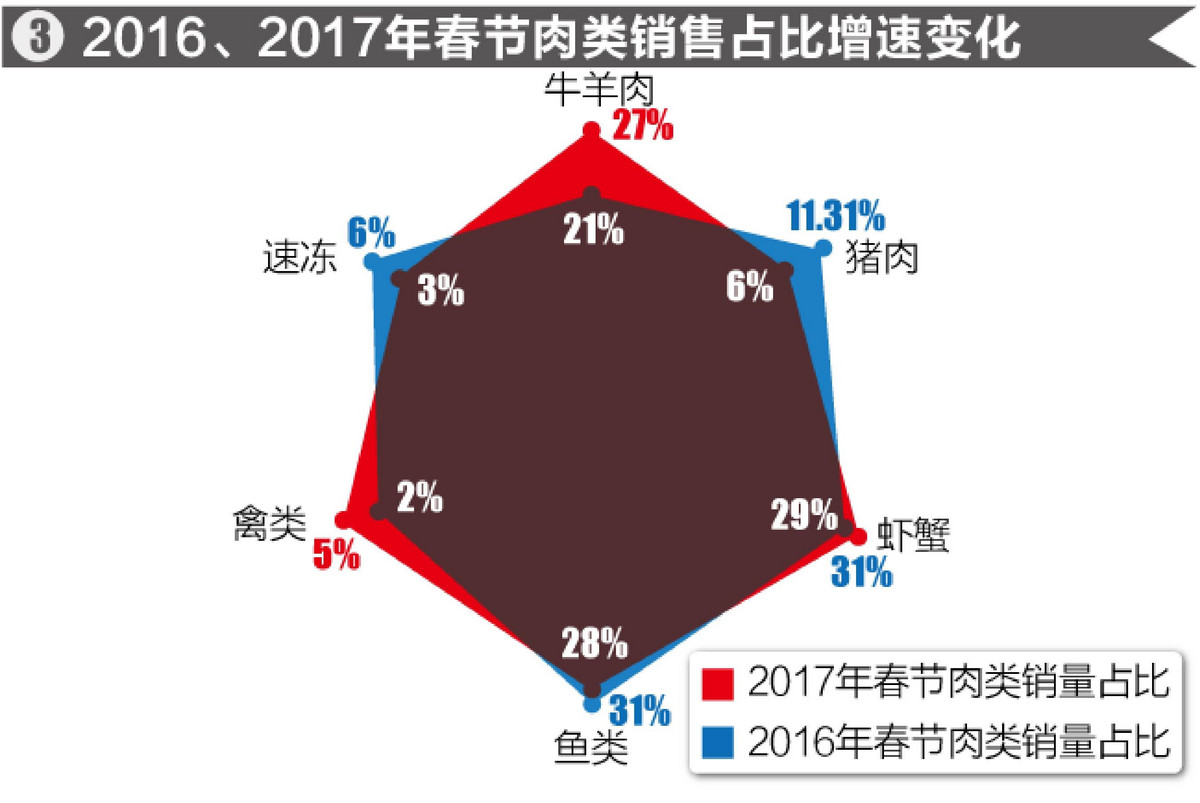
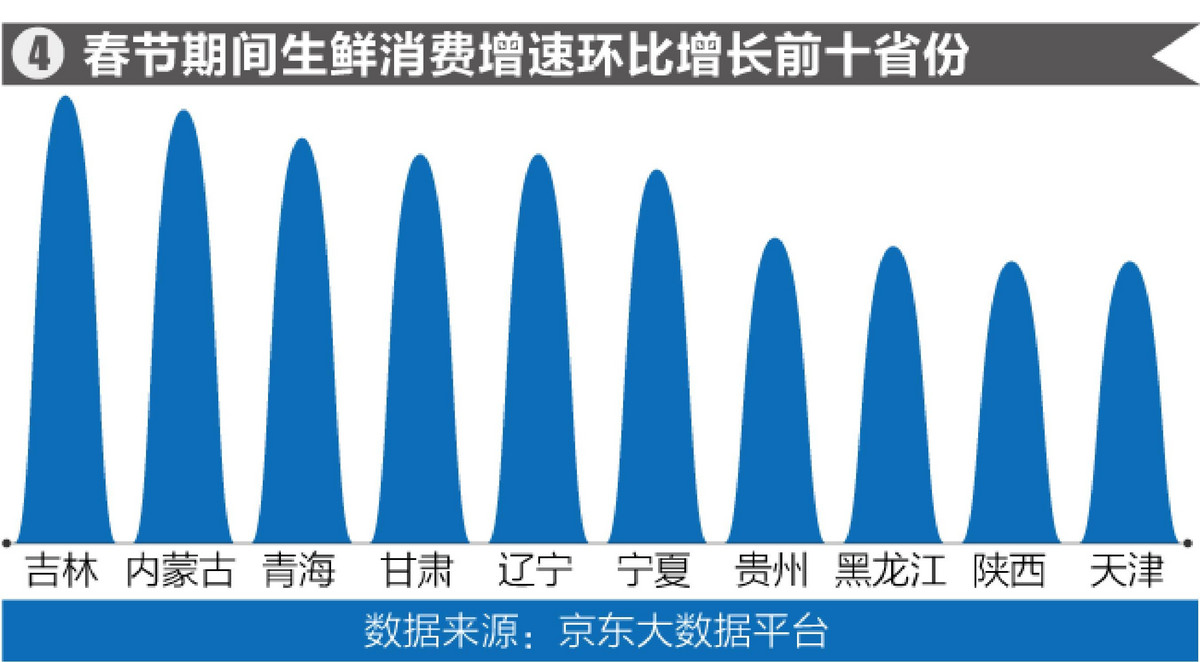
The report points out that major e-commerce user groups such as the post-70s and post-80s generation have entered the era of household consumption, which provides a good opportunity for the development of fresh food e-commerce. The survey shows that the total willingness to buy fresh food online is more than 70%. With the rapid rise of the emerging middle class, the trading scale of the fresh food market has doubled year after year 2017 It is expected to exceed 150 billion yuan, with a compound annual growth rate of about 50%.
In many industries, fresh food e-commerce, with more diversified users, more frequent consumption and wider geographical area, is considered as an important entry point for all user competition of e-commerce. In addition, fresh food e-commerce is in a low overall penetration stage. How to take the lead in the competition for users of all ages has become a new direction of e-commerce development.
The 21st Century Economic Research Institute, based on the consumption data of hundreds of millions of fresh consumers and fresh commodities during the 2017 Spring Festival provided by JD Big Data and JD Cloud, takes the festival consumption data as a breakthrough, and summarizes four major trend keywords of fresh consumption from multiple data dimensions such as user profiles, regional differences of fresh consumption, time differences, import and export consumption, and product evaluation system, And interpret the industry pattern and development trend of the fresh food e-commerce industry.
It is predicted in the report that fresh food e-commerce will lead the upgrading of shopping experience, guarantee the quality of supply chain, build the whole industry chain and Marketing Four major trends: innovation and socialization.
Among them, quality standardization and cold chain self ownership are the core competitiveness of fresh food e-commerce, scene shopping is the core demand of fresh food consumption, and online distribution+offline experience will be the development direction of fresh food e-commerce. Specifically, the four breakthroughs in the development of the fresh food e-commerce industry will be to increase the penetration rate through standardization, dilute the cost through scale, achieve high premium through branding, and solve consumer pain points through diversification.
Keyword 1: Fresh e-commerce improves the quality of life
The report points out that the product visualization and quality standardization of fresh food e-commerce will facilitate consumers' pursuit of product quality and become the future trend of fresh food e-commerce consumption development. Data shows that online fresh food users pay more attention to quality than price and taste, and the top three keywords for fresh food order evaluation are cold chain freshness, quality assurance and delivery.
Not only the quality of fresh products, but also the quality attribute of fresh e-commerce is reflected in the improvement of users' life quality. The report shows that, on the one hand, the fresh food e-commerce helped to rapidly optimize the diet structure. During the Spring Festival, the growth rate of high protein ingredients such as fish, shrimp, beef and other meat exceeded that of traditional meat. Compared with last year, the proportion of beef and mutton sales increased the most, and this year's proportion of meat consumption in the Spring Festival rose to 27%. At the same time, avocados, cherries and other fruits with labels of health, fat reduction and baby supplements have become new favorites of fruit consumption during the Spring Festival.
On the other hand, with the further increase of the penetration rate of fresh food e-commerce, the use of fresh food to improve and enhance the quality of life has become popular among more regional and age groups of consumers. A prominent feature is that, unlike young people in big cities who have become accustomed to the daily consumption of fresh food e-commerce, the lower the penetration rate of e-commerce, the more obvious the intention of using fresh food e-commerce to improve the quality of life.
For example, during the Spring Festival, the consumer price of fresh food during the Spring Festival in economically underdeveloped provinces exceeded that in developed regions. In Inner Mongolia, Qinghai, Gansu, Guizhou, Xinjiang and other provinces, the consumption of fresh food during the Spring Festival is more than twice the usual amount. In addition, 24% of users bought fresh products for their relatives and friends in other places, of which the users in the first tier cities were the most active, and the proportion of such orders in Beijing exceeded 30% of the country. This shows that through fresh food e-commerce, the consumption mode and lifestyle of the first tier cities are infiltrating into the third to sixth tier cities.
Keyword 2: Imported fresh food becomes a hot spot in the industry
Jingdong data shows that Beijing, Guangdong, Shanghai and Jiangsu are the provinces with the largest number of fresh food import consumers. With the exception of Hong Kong, Macao and Taiwan, fresh food import has grown significantly in 31 provinces, autonomous regions and cities across the country. Among them, beef and shrimp accounted for more than 20% of the sales, making them the most popular overseas fresh products. Chilean cherries, Argentine red shrimp, Uruguay beef brisket and beef from Australia and New Zealand on the east coast of the Pacific Ocean are the most popular.
During the 2017 Spring Festival, the first place in JD's fresh food hot search was Cherry, and the largest amount of fresh food sales was Chilean Cherry, which accounted for 7 places in the top 50 fresh food sales items nationwide. Taking Beijing as an example, during the 2017 Jingdong New Year Festival, the number of cherries sold to Beijing increased 10 times over last year. Chile, which is widely welcomed by Cherizi, is one of the countries that signed the free trade agreement with China earlier.
The report believes that the reason for the rapid growth of imported fresh food consumption is that its product quality is stable and its added value is high, which is one of the best entry points for fresh food e-commerce to attract quality users. In 2017, the import of fresh food will become one of the main battlefields of various major fresh food e-commerce platforms, expanding overseas markets such as South America and Australia, competing for international supplies, and enriching the import of fresh food categories is also a core competitiveness. How to expand the source of imported fresh food will become a problem that fresh e-commerce enterprises must face.
Key word 3: business opportunities contained in explosive funds
The report points out that with the expansion of offline business of e-commerce, the ability of fresh food e-commerce to meet differentiated and diversified consumption needs has been further strengthened. In terms of gender, the data shows that women prefer fruits, vegetables and dairy products, while men prefer seafood, beef and mutton, fish and shrimp and other "hard dishes". At the same time, during the Spring Festival, the emergence and popularity of non physical fresh products such as fruit gift boxes and seafood gift certificates also reflected the diversification of fresh e-commerce consumption.
Geographically, during the Spring Festival, the characteristic fresh food flows across provinces and has an obvious trend of hot sales nationwide. Take Chongqing specialties as an example, the sales volume during the Spring Festival increased more than five times month on month.
Some regions are also showing unique consumption habits. Taking alcohol consumption as an example, under the background that liquor still occupies the absolute mainstream of alcohol consumption during the Spring Festival, Hennessy VSOP cognac is the first single product of alcohol sales in Guangdong Province.
According to the report, with the further deepening of product standardization, fresh food e-commerce ushers in a personalized era, and more and more conceptualized, personalized and labeled popular fresh products will be produced in the future. Local specialties, high-quality seafood, fruits and other products similar to the best gifts for the Spring Festival will benefit from the Internet e-commerce platform to achieve a win-win situation. From the introduction of a category to the launch of a brand, personalized building and packaging are very important. How to create the next blockbuster, such as avocado and cherry, contains huge business opportunities.
Key word 4: surrounding areas of first tier cities become new growth poles
According to the report, fresh food consumption, which is closely related to urban life, vividly shows the development of different regions and cities in China. Fresh food e-commerce, to a certain extent, flattens the regional consumption gap. The first tier cities will continue to lead the consumption trend of fresh food e-commerce, while the second tier cities and the surrounding cities of the first tier cities will become the growth poles of fresh food e-commerce in the next stage, and the regional flow represented by the metropolitan area will promote the development of fresh food consumption.
The report points out that, due to the restrictions of consumption habits and supply chain foundation, fresh food consumption is mainly concentrated in first tier cities and developed regions. With the development of e-commerce, the consumption upgrading and logistics progress have further enhanced the driving role of these cities and regions in surrounding cities. Fresh food consumption in surrounding areas of first tier cities such as Langfang, Foshan and Wuxi has increased rapidly, The consumption structure has quickly moved closer to the first tier cities. The consumption structure of Langfang is even closer to the four first tier cities than Chengdu and Hangzhou. These cities may be the key areas for the future development of fresh food e-commerce.
Especially during the Spring Festival, the massive migration of population and frequent migration of urban and rural population are important opportunities for fresh food e-commerce channels to sink, as well as opportunities to observe the consumption potential and user habits of small and medium-sized cities. A typical case Yes, during the Spring Festival, the consumer price of fresh food in economically underdeveloped provinces exceeded that in developed regions in all aspects, showing the huge development potential of these regions.
Operation article of last year and today
- 2024: The banking giant Citigroup will lay off 20000 people in 2026 (0)
- 2024: Byte employees complain too much and laugh too much! (0)
- 2024: 2023 Tmall's "This is the Treasure" September new brand cooperation plan (0)
- 2024: Apple is expected to be fined 500 million euros by the European Union, having just paid 1.2 billion rubles (0) to Russia
- 2024: AI Writing Classic Knowledge Map (0)
Original article, author: Love Operation, if reproduced, please indicate the source: https://www.iyunying.org/yunying/taobao/94659.html
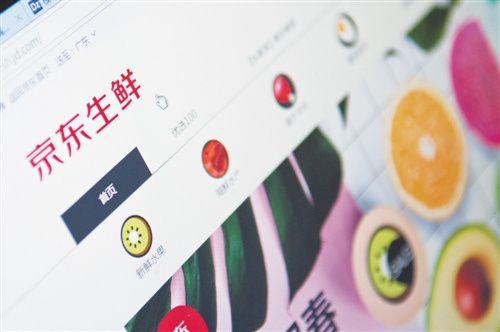






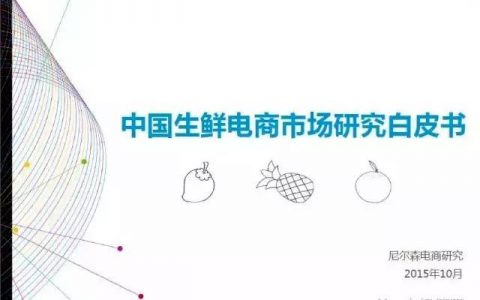

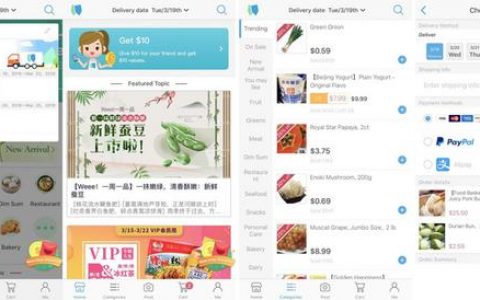

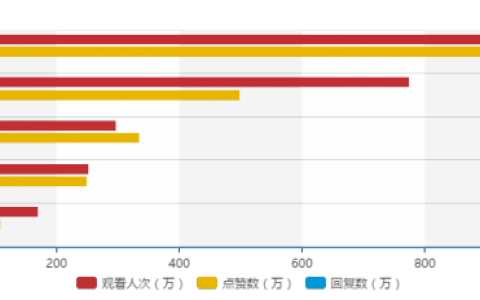
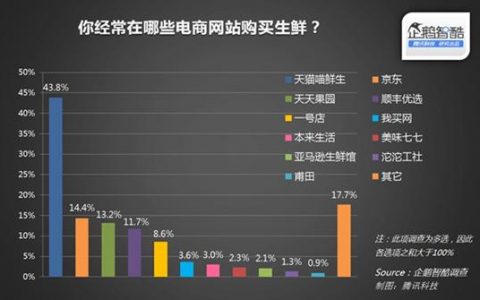


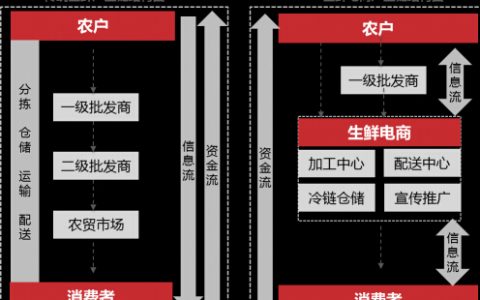

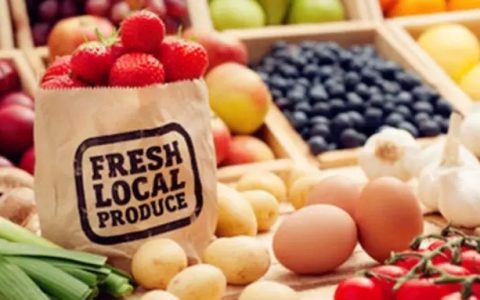

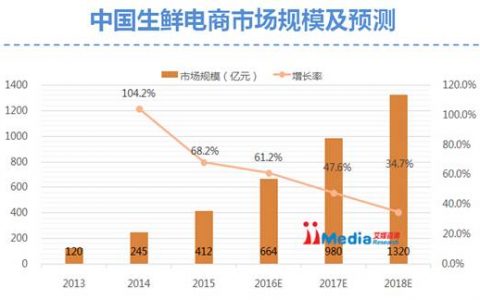


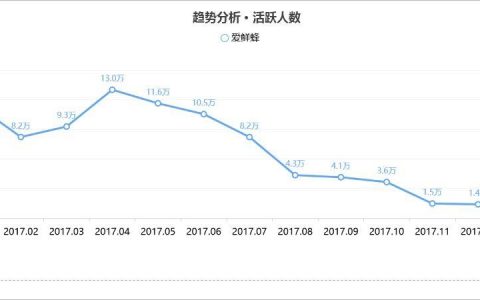
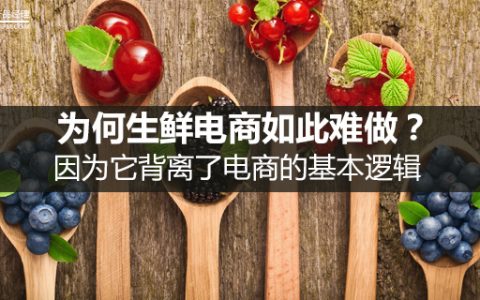




![[Product Research] Dingdong Shopping: How to become a dark horse in the fresh food e-commerce industry?](https://www.iyunying.org/wp-content/uploads/2021/01/yunying5-1610947604-480x300.png)